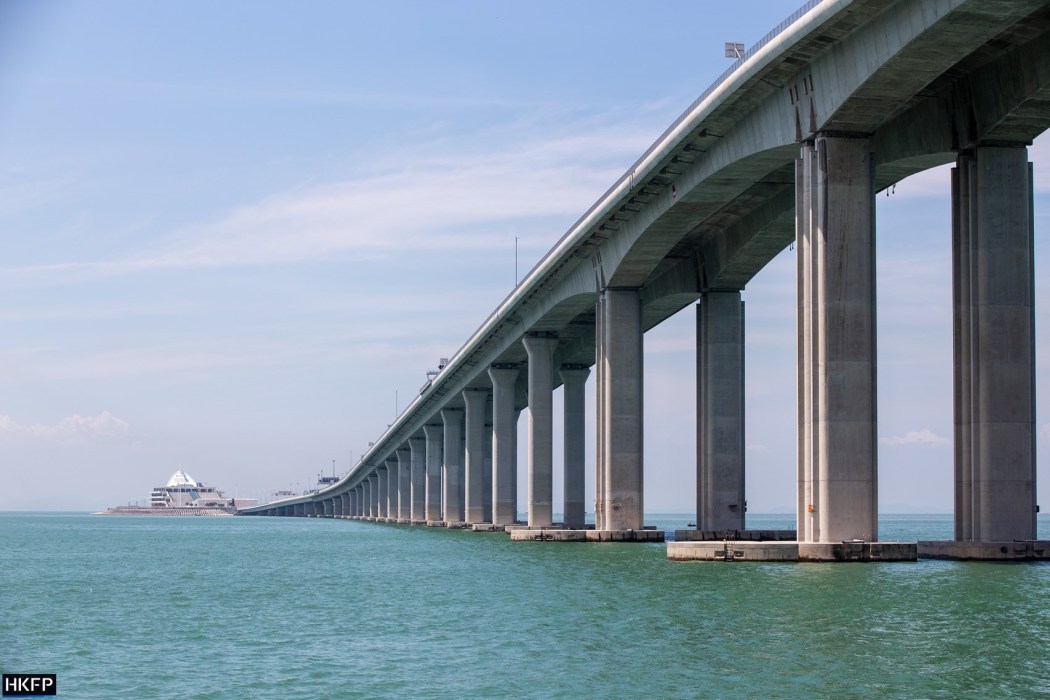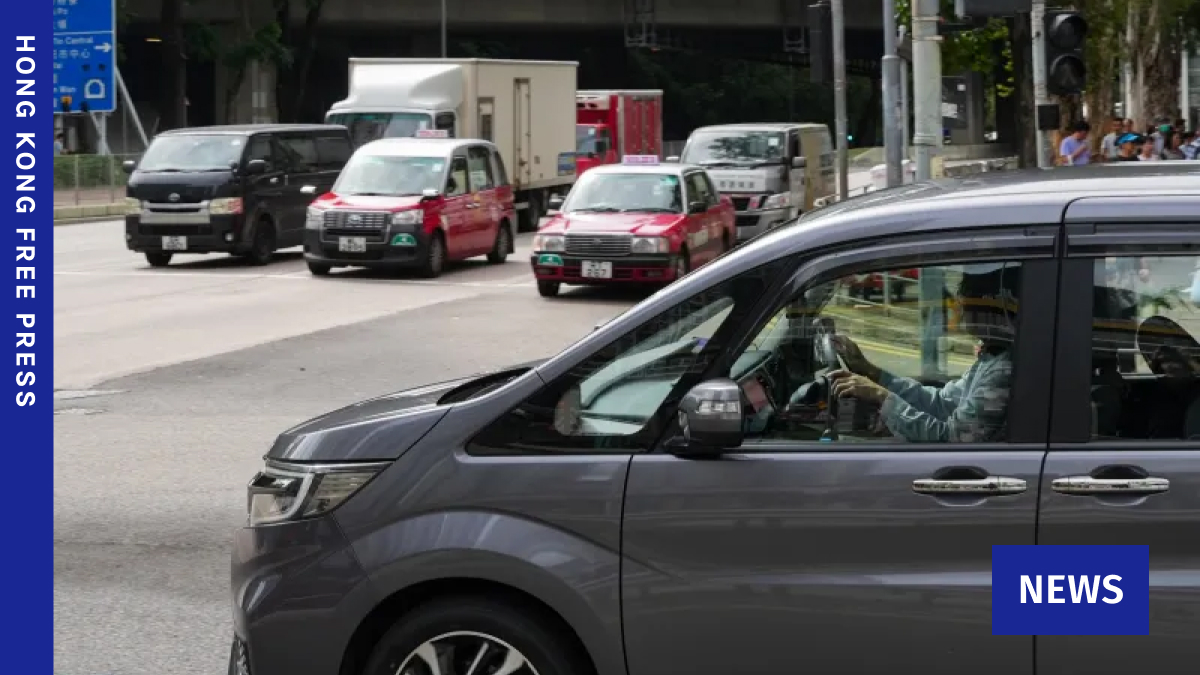Guangdong vehicles will be able to stay in Hong Kong for a maximum of three days under a new scheme facilitating cross-border travel that is set to begin next month.
As part of the Southbound Travel Scheme, up to 100 vehicles from Guangdong will be granted permission daily to drive in the city’s urban areas after entering via the Hong Kong-Zhuhai-Macao Bridge (HZMB).
More details were unveiled in a paper submitted by the Transport and Logistics Bureau to the Legislative Council’s Panel on Transport on Tuesday.
The vehicles, which must have undergone inspections in mainland China and be covered by insurance, will be allowed to remain in Hong Kong for up to three days at a time.
The bureau will review and discuss with Guangdong authorities to “increase the quota in an orderly manner,” depending on the scheme’s implementation, the paper read.
The Airport Authority is also building two carparks – called “Park & Fly” and “Park & Visit” – for Guangdong vehicles going to Hong Kong via the HZMB but not entering the city’s urban areas, the paper said.
The carparks will be located at the HZMB’s Hong Kong port.
The Park & Fly carpark is for visitors transferring to a flight at the Hong Kong International Airport, while the Park & Visit carpark is for those intending to enter the city and use public transportation.


The Park & Fly carpark, set to provide around 1,800 parking spaces, will open first, the bureau’s paper said, without specifying when.
“The Southbound Travel Scheme marks a major policy breakthrough that will open up a new travel mode for Mainland residents to Hong Kong,” the bureau said.
It added that the scheme would allow “new niches of travellers” to come to Hong Kong by self-driving for travelling, business, and other purposes.
Currently, the only mainland vehicles that can drive in Hong Kong are those belonging to Guangdong companies qualified under a scheme in the province. These companies have a limited quota of cars that can be driven on Hong Kong roads.
‘Integration and development’
The Southbound Travel Scheme follows the 2023 implementation of the Northbound Travel Scheme, which allows Hong Kong private cars to enter Guangdong via the HZMB.
According to the paper, around 5,700 trips between the two places are made daily.


The two schemes will add “extra impetus to the economies of Guangdong and Hong Kong as well as the integration and development” of the Greater Bay Area, the Transport and Logistics Bureau wrote.
To facilitate cars driving into the city’s urban areas, the bureau is in talks with developers and carpark operators to offer support for mainland payment methods.
Drivers of cars looking to park at the designated carparks at the HZMB’s Hong Kong port can apply on a platform to be set up by the Airport Authority.
Applicants must provide details such as identification documents and flight information of passengers. The applications will also have to be approved by mainland authorities.
The bureau said it encouraged the hotel and retail sectors to offer promotions to Southbound Travel Scheme visitors entering Hong Kong to incentivise them to stay for a few days.
Lawmakers in the Panel on Transport will meet with officials from the Transport and Logistics Bureau to discuss the scheme on Friday.





